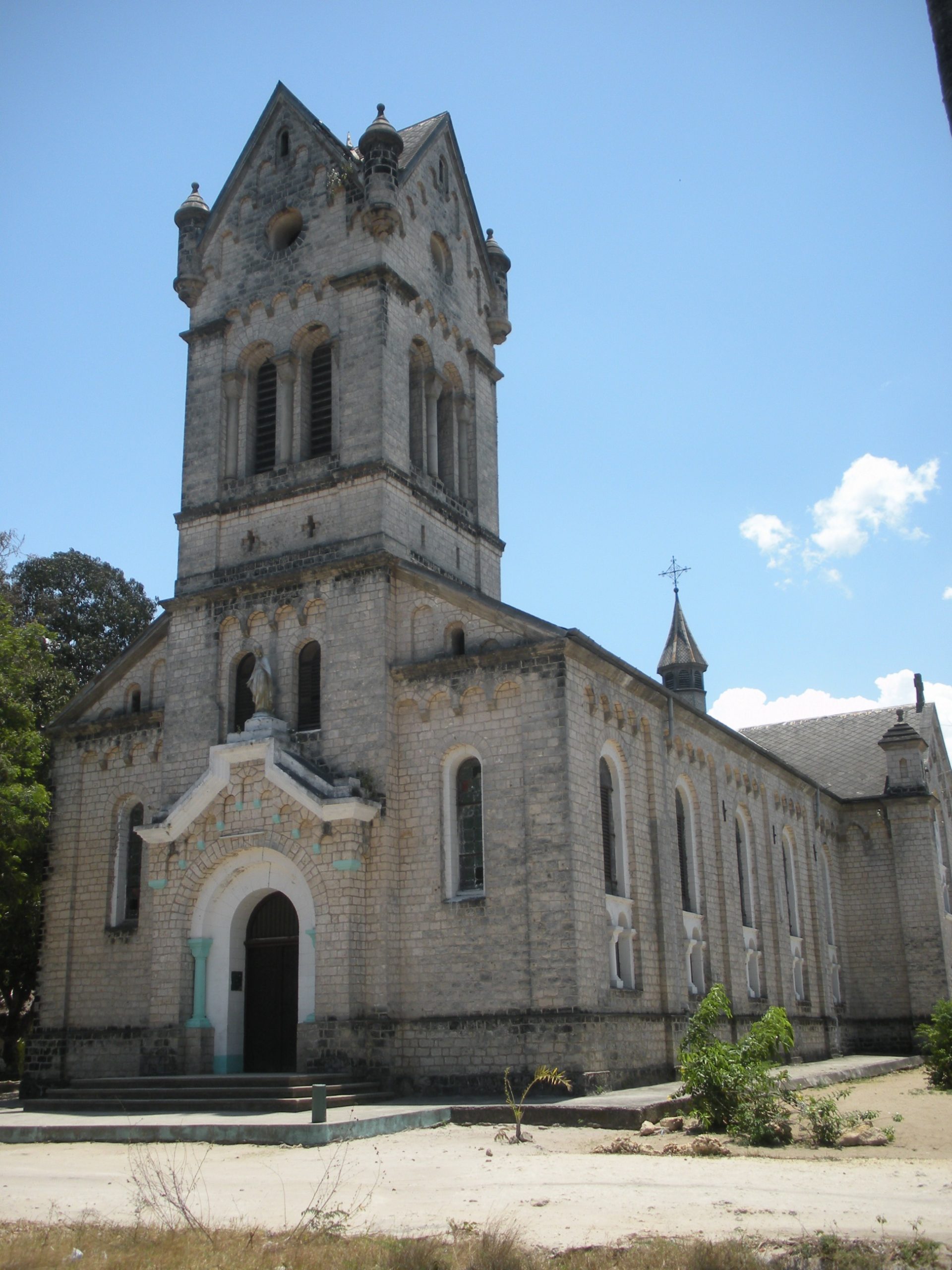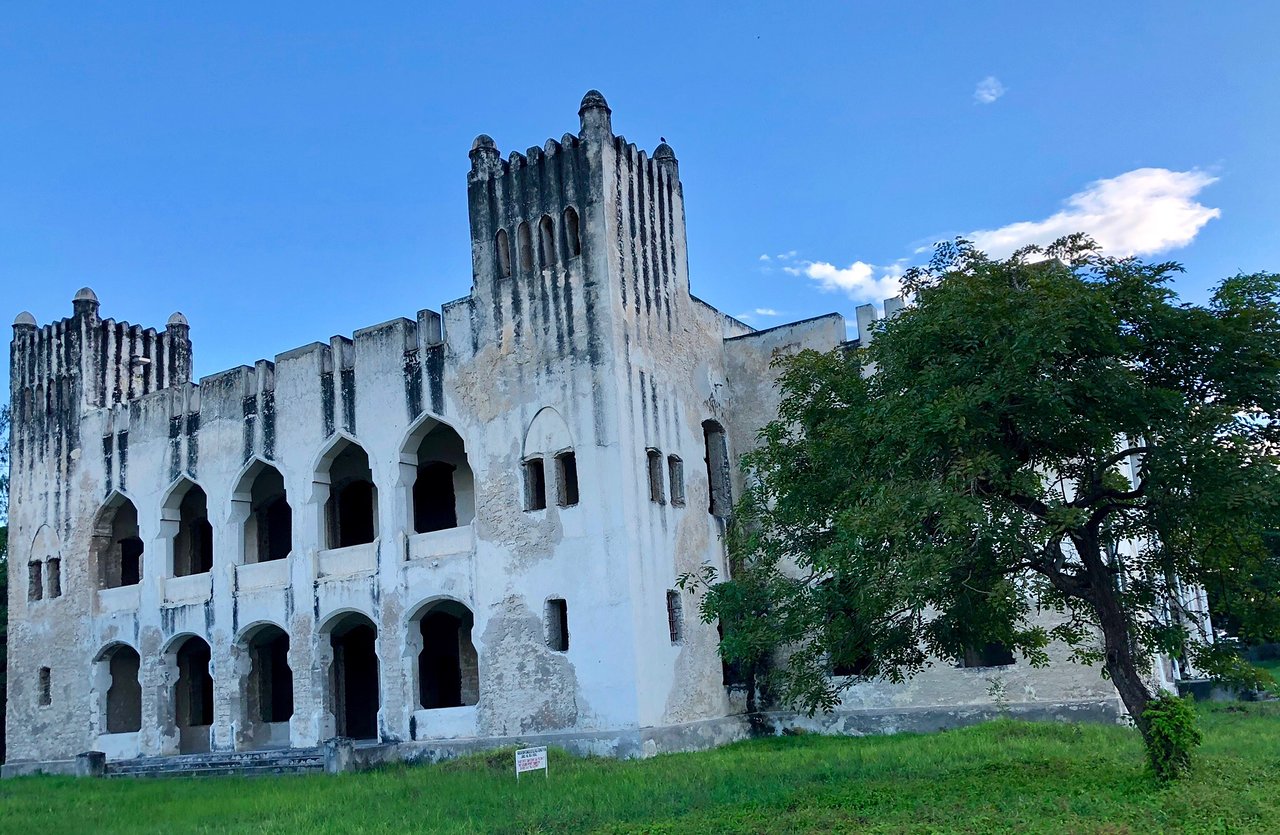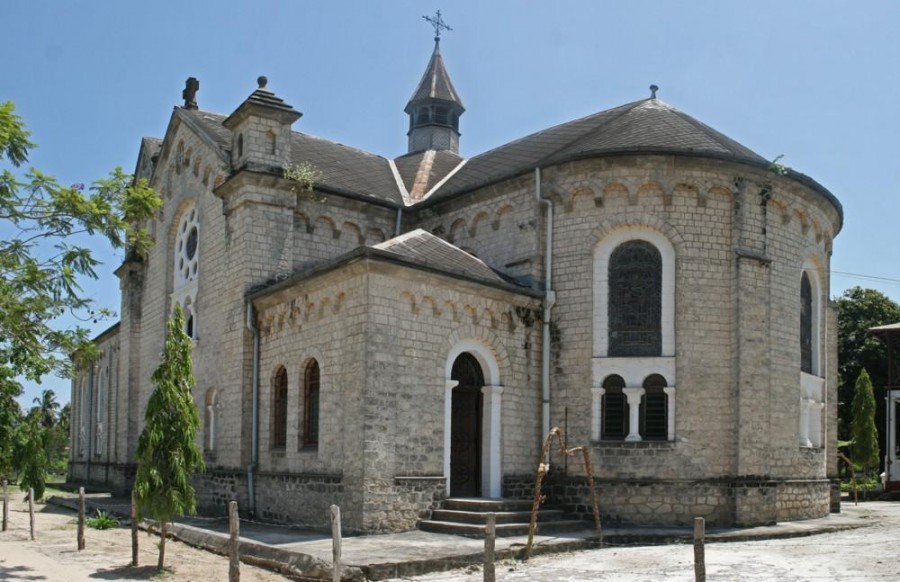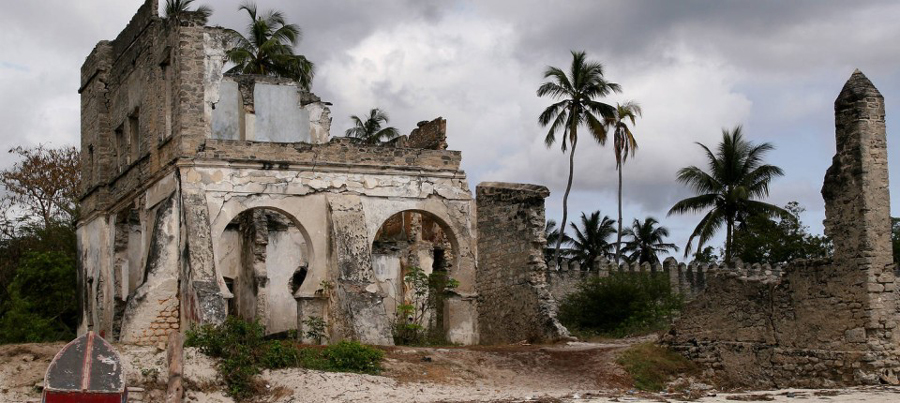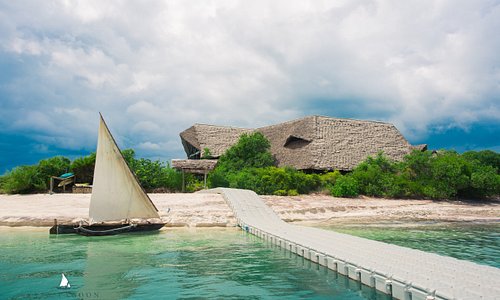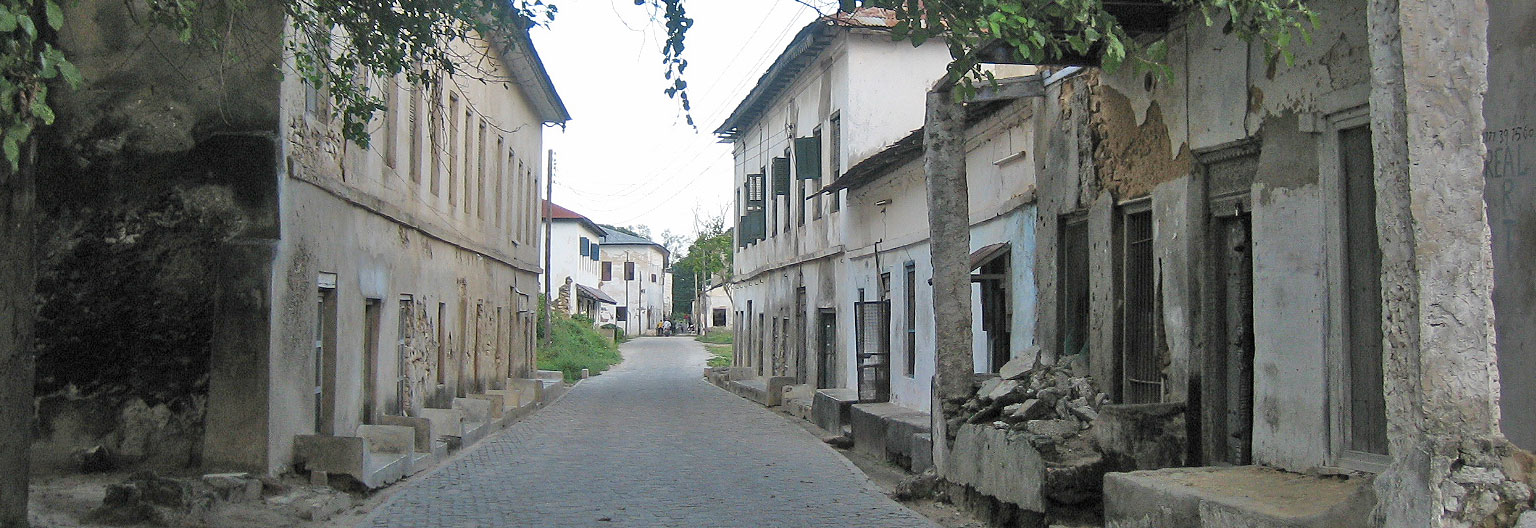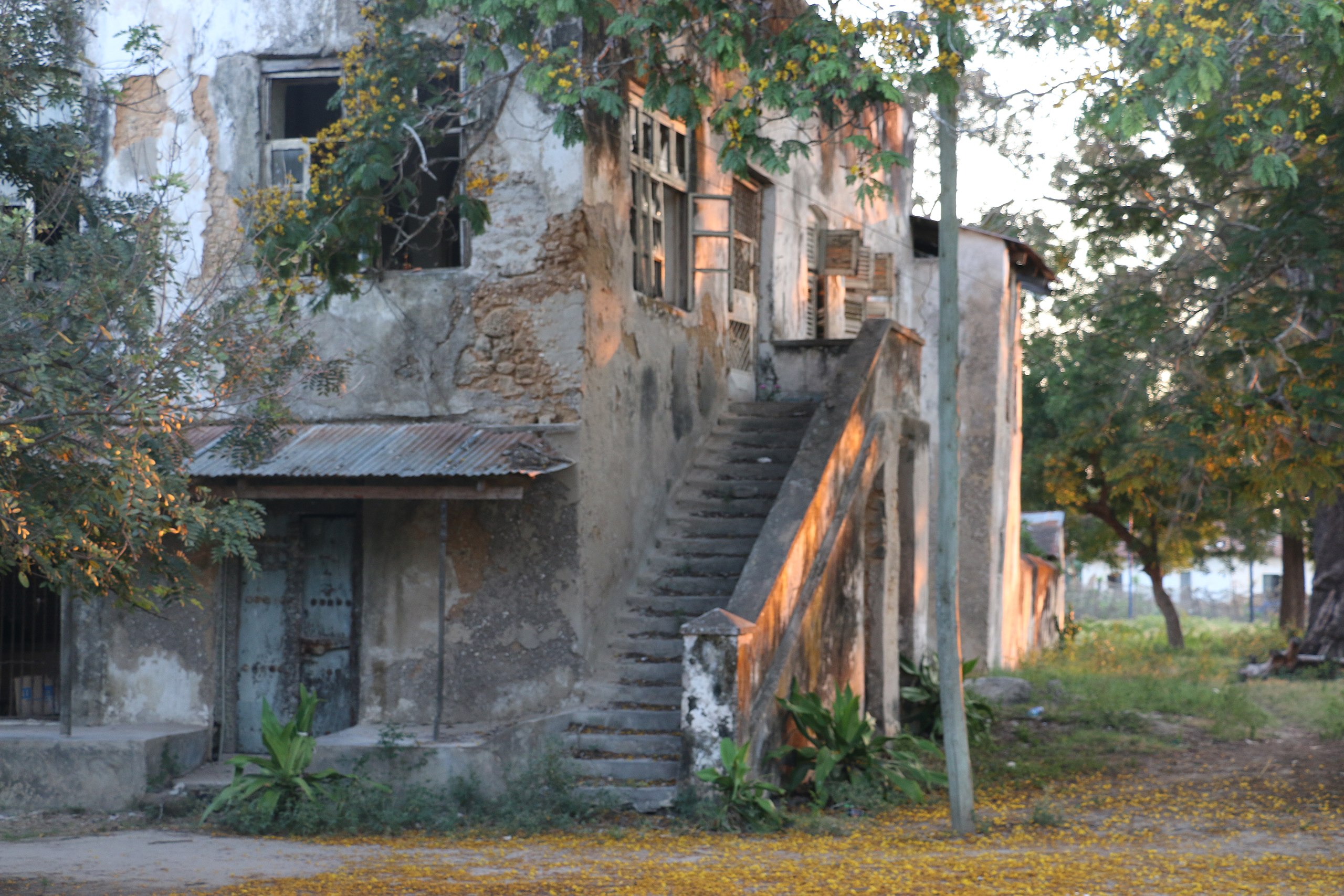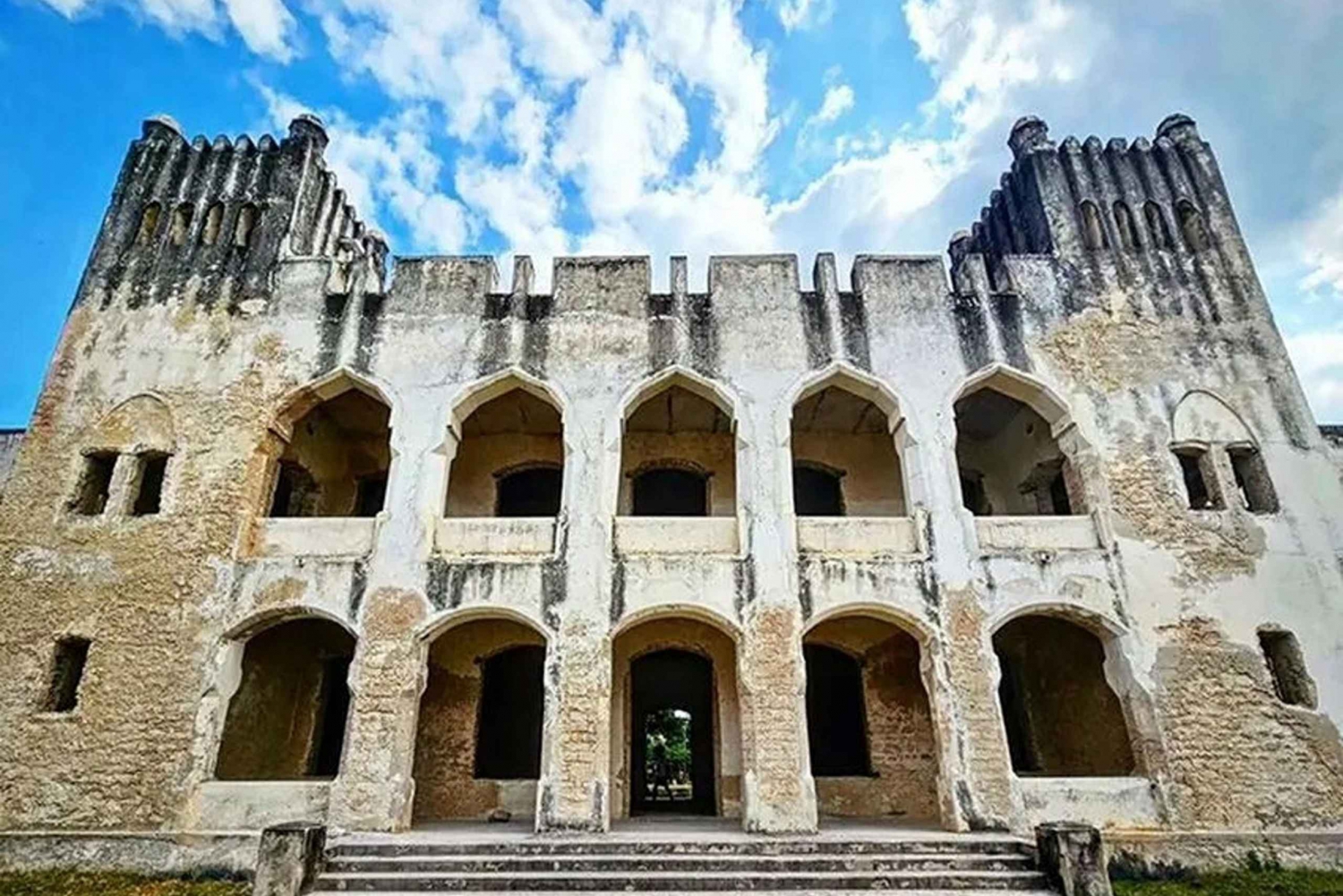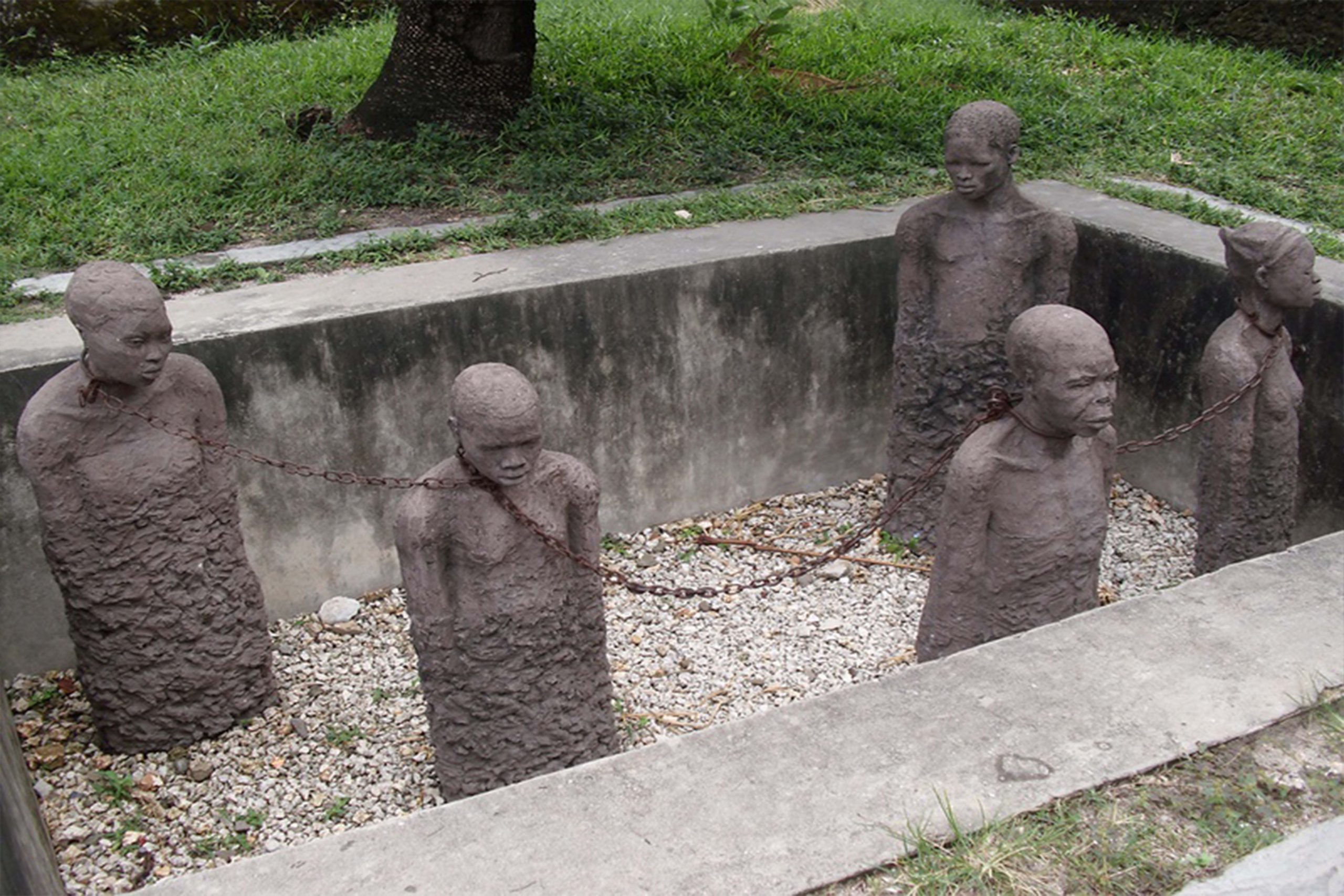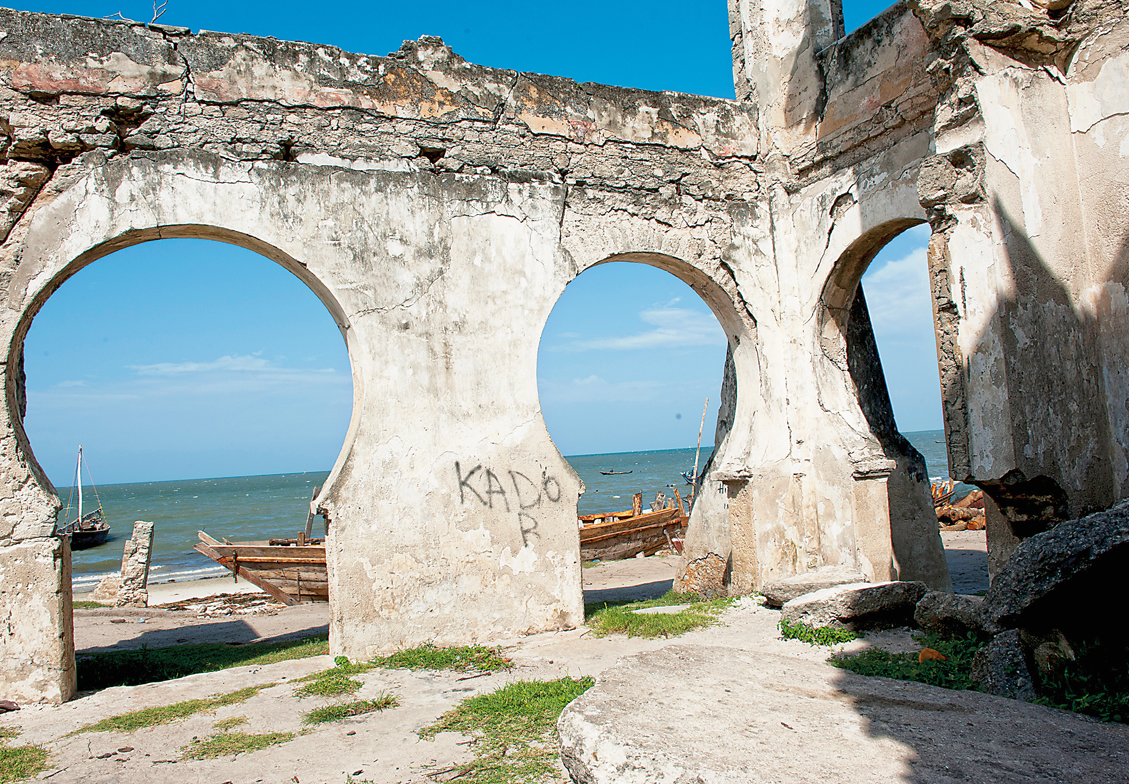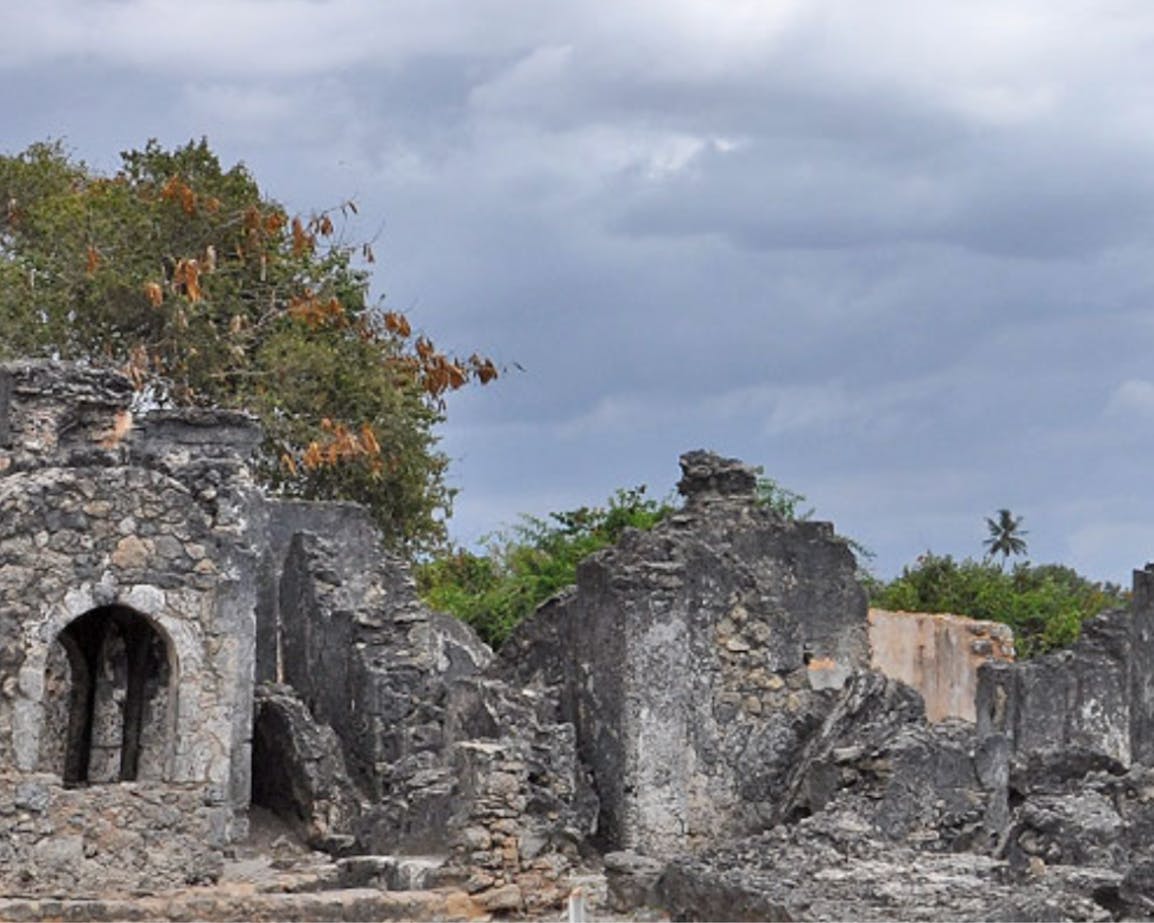Bagamoyo
Bagamoyo

Bagamoyo is a historic coastal town located in Tanzania, about 75 kilometers north of Dar es Salaam. Once a major port and trading center, Bagamoyo played a significant role in the history of East Africa, particularly during the 19th century when it was a focal point for the slave and ivory trade. The town is also notable for being the starting point of many European explorers, including Dr. David Livingstone, on their journeys into the African interior.
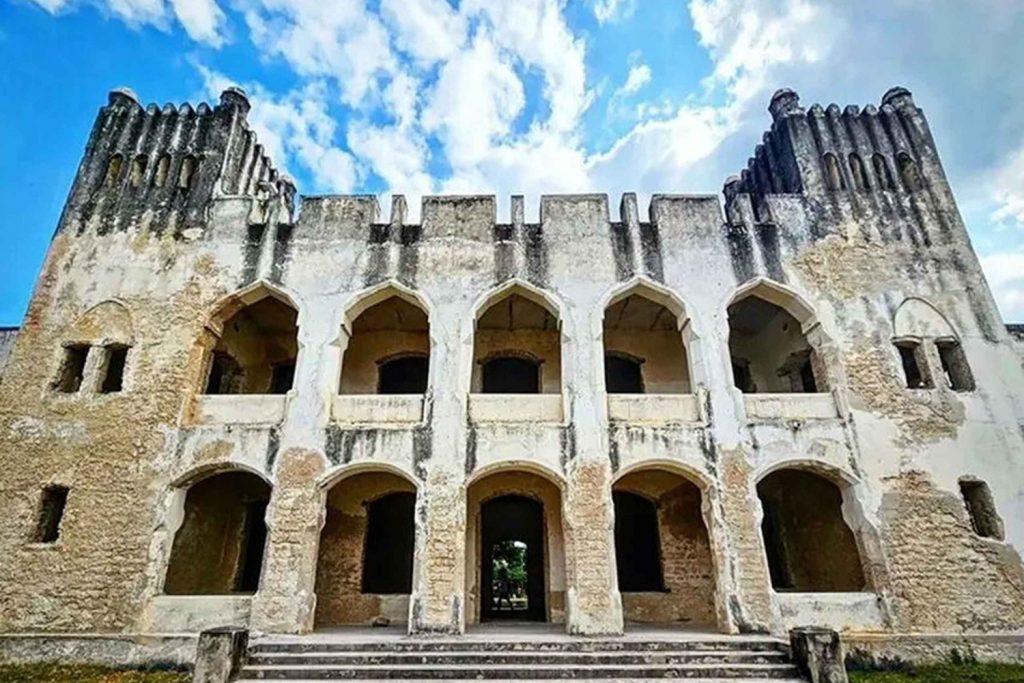
Overview of Bagamoyo Coast

Bagamoyo’s unique blend of history, culture, and coastal beauty makes it a fascinating destination for those interested in exploring the heritage of East Africa. Its historical significance as a center of trade and missionary activity, combined with its vibrant arts scene, ensures that Bagamoyo remains an important cultural hub in Tanzania.
Historical Significance
- Slave Trade: Bagamoyo was a major terminus in the East African slave trade, where slaves were brought from the interior to be shipped to markets in Zanzibar and beyond.
- Missionary Activities: The town became an important site for Christian missionaries, with the establishment of the Catholic Mission in the late 19th century.
- Colonial Influence: It was one of the earliest areas in East Africa to come under German colonial rule, serving as the capital of German East Africa before the capital was moved to Dar es Salaam.
Cultural and Architectural Heritage
- Old Fort: A prominent structure in the town, originally built by the Arabs and later used by the Germans.
- Caravan Serai Museum: A museum that offers insights into Bagamoyo’s history, especially its role in the slave trade.
- Catholic Mission: One of the oldest in East Africa, with a cemetery that includes the grave of the freed slaves.
- Kaole Ruins: Ancient ruins that include mosques and tombs dating back to the 13th century, reflecting the town’s Islamic heritage.
Flora and Fauna at Bagamoyo
Fauna of Bagamoyo Region:
- Monkeys: Including vervet monkeys and black-and-white colobus monkeys.
- Birds: Coastal and migratory species such as flamingos, pelicans, and kingfishers.
- Marine Life: Fish species in the coastal waters, including sardines, tilapia, and various reef fish.
- Reptiles: Lizards, geckos, and various snake species.
- Insects: Butterflies, dragonflies, and various beetles.
- Small Mammals: Includes species like bush babies and mongooses.
- Marine Mammals: Occasionally, dolphins and other marine mammals can be seen in
Flora of Bagamoyo Region:
- Mangrove Forests: Dominant along the coastline, particularly in estuarine areas.
- Coconut Palms: Common along the beaches and in local plantations.
- Baobab Trees: Iconic large trees that are scattered throughout the region.
- Casuarina Trees: Often found near the coast, providing windbreaks.
- Acacia Trees: Found in inland areas, characteristic of East African savannah.
- Coastal Shrubs: Including species like sea grapes and salt-tolerant plants.
- Grasslands: Open grasslands interspersed with trees and shrubs.
- Fruit Trees: Such as mango, banana, and papaya, commonly cultivated in the region.
- Mangrove Species: Includes varieties like Avicennia, Rhizophora, and Ceriops.
- Herbs and Grasses: Found in the understory of wooded areas and open fields.
Modern Bagamoyo
Today, Bagamoyo is a growing town with a blend of historical charm and modern development. It has become a center for cultural tourism, attracting visitors interested in its rich history, Swahili culture, and coastal scenery. The town is also known for its arts community, with the Bagamoyo College of Arts (Chuo Cha Sanaa) playing a key role in promoting Tanzanian arts and culture.
Tourism and Activities
- Location: About 75 kilometers north of Dar es Salaam, Tanzania.
- Historical Significance: Major port and trading center during the 19th century.
- Slave Trade: Key terminus in the East African slave trade.
- European Explorers: Starting point for explorers like Dr. David Livingstone.
- Colonial Capital: Served as the first capital of German East Africa before Dar es Salaam.
- Cultural Heritage: Home to the Catholic Mission, Old Fort, and Kaole Ruins.
- Kaole Ruins: Include mosques and tombs dating back to the 13th century.
- Bagamoyo College of Arts: A leading institution promoting Tanzanian arts and culture.
- Tourism: Known for its historical sites, coastal beauty, and cultural festivals.
- UNESCO Status: Bagamoyo is on the tentative list for UNESCO World Heritage status.
Facts about Mafia Island
- Location: About 75 kilometers north of Dar es Salaam, Tanzania.
- Historical Significance: Major port and trading center during the 19th century.
- Slave Trade: Key terminus in the East African slave trade.
- European Explorers: Starting point for explorers like Dr. David Livingstone.
- Colonial Capital: Served as the first capital of German East Africa before Dar es Salaam.
- Cultural Heritage: Home to the Catholic Mission, Old Fort, and Kaole Ruins.
- Kaole Ruins: Include mosques and tombs dating back to the 13th century.
- Bagamoyo College of Arts: A leading institution promoting Tanzanian arts and culture.
- Tourism: Known for its historical sites, coastal beauty, and cultural festivals.
- UNESCO Status: Bagamoyo is on the tentative list for UNESCO World Heritage status.
Flora and Fauna
Flora of Bagamoyo Region:
- Mangrove Forests
- Coconut Palms
- Baobab Trees
- Casuarina Trees
- Acacia Trees
- Coastal Shrubs
- Grasslands
- Fruit Trees (Mango, Banana, Papaya)
- Mangrove Species (Avicennia, Rhizophora, Ceriops)
- Herbs and Grasses
Fauna of Bagamoyo Region:
- Vervet Monkeys
- Black-and-white Colobus Monkeys
- Flamingos
- Pelicans
- Kingfishers
- Various Fish Species (Sardines, Tilapia, Reef Fish)
- Lizards
- Geckos
- Various Snake Species
- Butterflies
- Dragonflies
- Beetles
- Bush Babies
- Mongooses
- Dolphins (occasionally)
